This is one of 4545 IT projects that we have successfully completed with our customers.How can we support you?

PTA / IT project database / Projekt ID: 2845
Further development of a logistics application
Project duration: 9 months
Brief description
The aim of the project is to further develop software for processing logistics and ordering at a commercial enterprise that is active throughout Europe. In particular, functional requirements are implemented regarding the combining of the order process across multiple warehouses, making the truck loading options more flexible and measures for improving performance in connection with other systems.
Supplement
The software communicates with higher-level and assisting systems via XML interfaces within the Oracle database and the .NET application. Only PL/SQL is used on the database side. The database procedures implement access security at the logical level by checking statuses for each access. The application dialogs implement a complex business logic for entering and visualizing the order quantities and the check results in control elements structured programmatically and dynamically. The user interface is based on Windows Forms, supported by customer-specific, database-oriented libraries based on SandDock and ComponentOne components. The system is also internationalized via the customer's database-supported libraries.
Subject description
The application primarily supports ordering, in addition to master data management. The purchase orders themselves are generated from freely editable templates. The templates define order and delivery times, as well as the allocation of suppliers and items. Additional restrictions can be defined at all levels and compliance with these restrictions is monitored. All parameters from the template can be modified in the purchase order that is generated. Historical sale data and stocks are imported from an external system during runtime. This data is displayed to the scheduler during the order process to support the scheduler and it is used to automatically propose order quantities. The proposed quantities are determined from the stocks and the desired range, taking account of restrictions from the various levels of the purchase order. Order quantities are transferred to the higher-level and operational systems for triggering purchase orders or for warehouse management.
Overview
- Branchen trade
- Fachaufgaben inventory planning, logistics, procurement, requisitions, scheduling
- DV-Aufgaben customised software further development
- Systemumgebungen PC systems/networks, technical data processing
- Vorgehensmodell PTA project manual
- Datenbanken Oracle Database
- Entwicklungs- und Testtool AnkhSVN, List & Label, MS Visual Studio, Oracle SQL Developer, Subversion,
- Betriebssysteme Windows XP
- Standardsoftware und BI ComponentOne .NET, SandDock
Project period01.02.2010 - 31.10.2010
Have we sparked your interest?

Contact
PTA GmbH Head Office
Weberstraße 2-4
D-68165 Mannheim
© Copyright 2024 PTA GmbH | All rights reserved | Imprint | Privacy | Legal notice | Values & Code of Conduct
